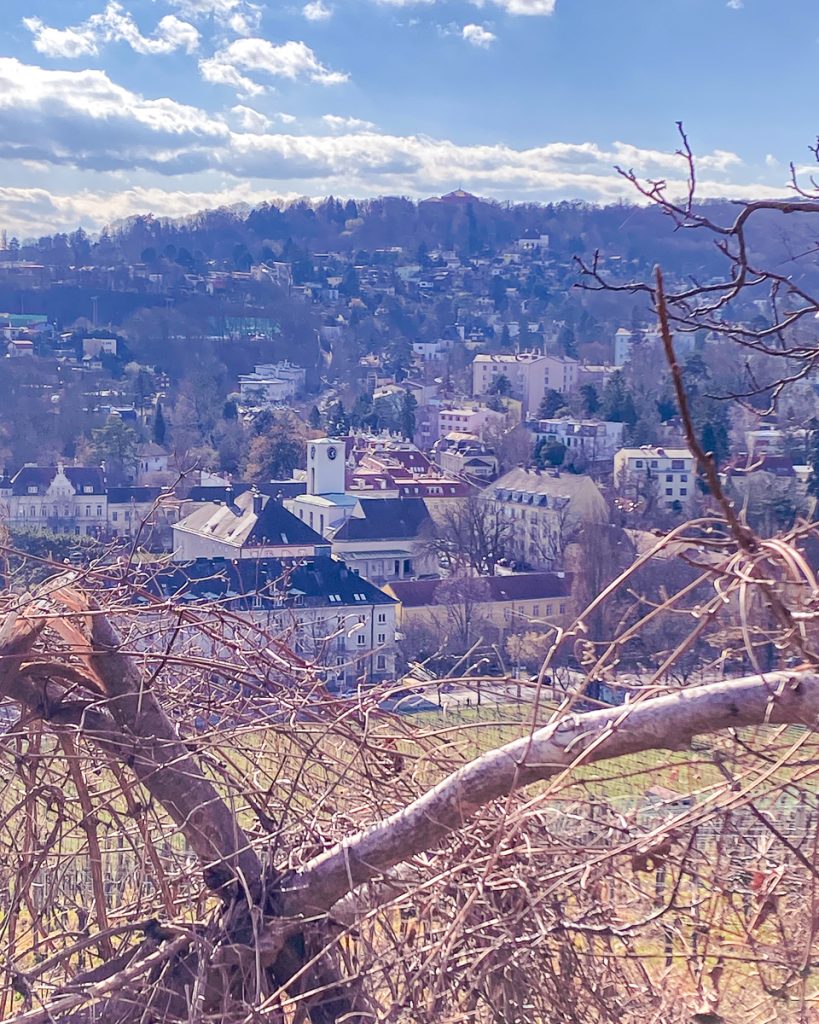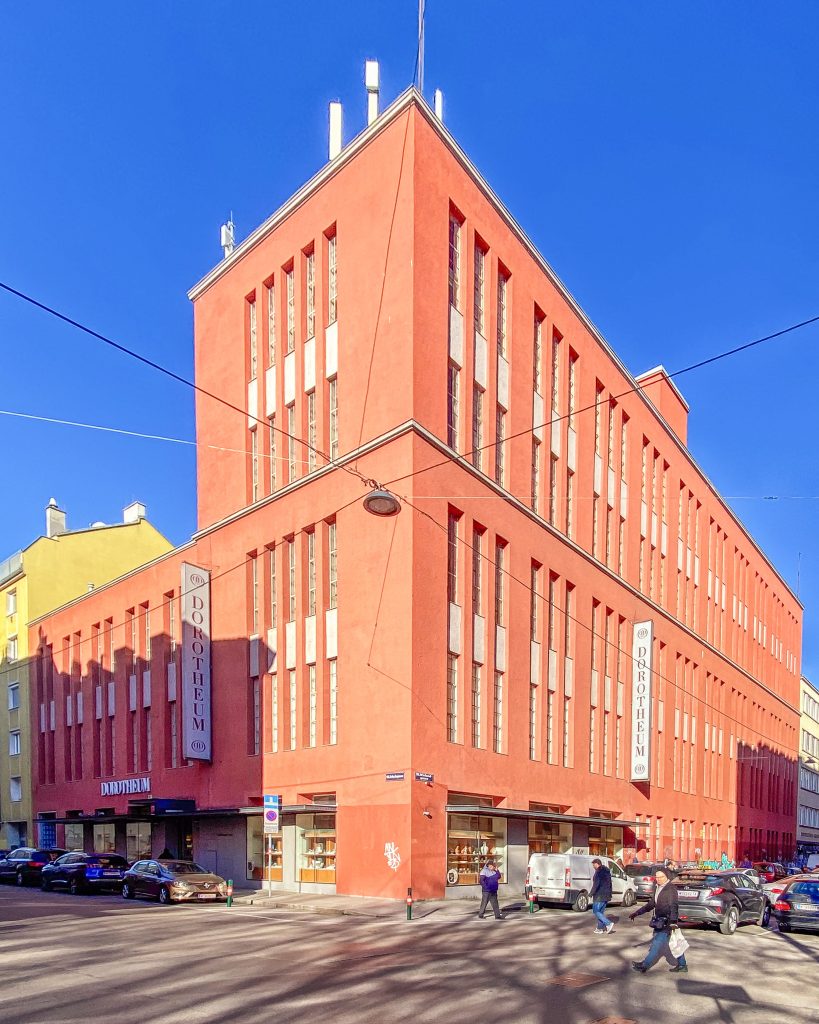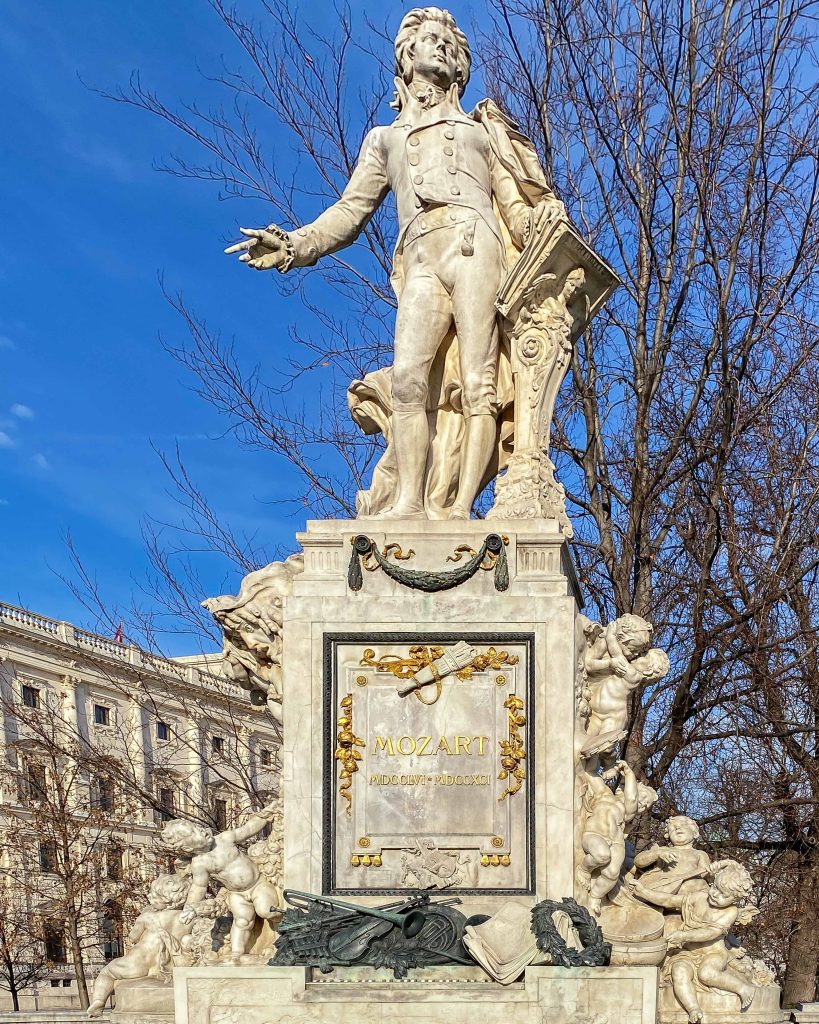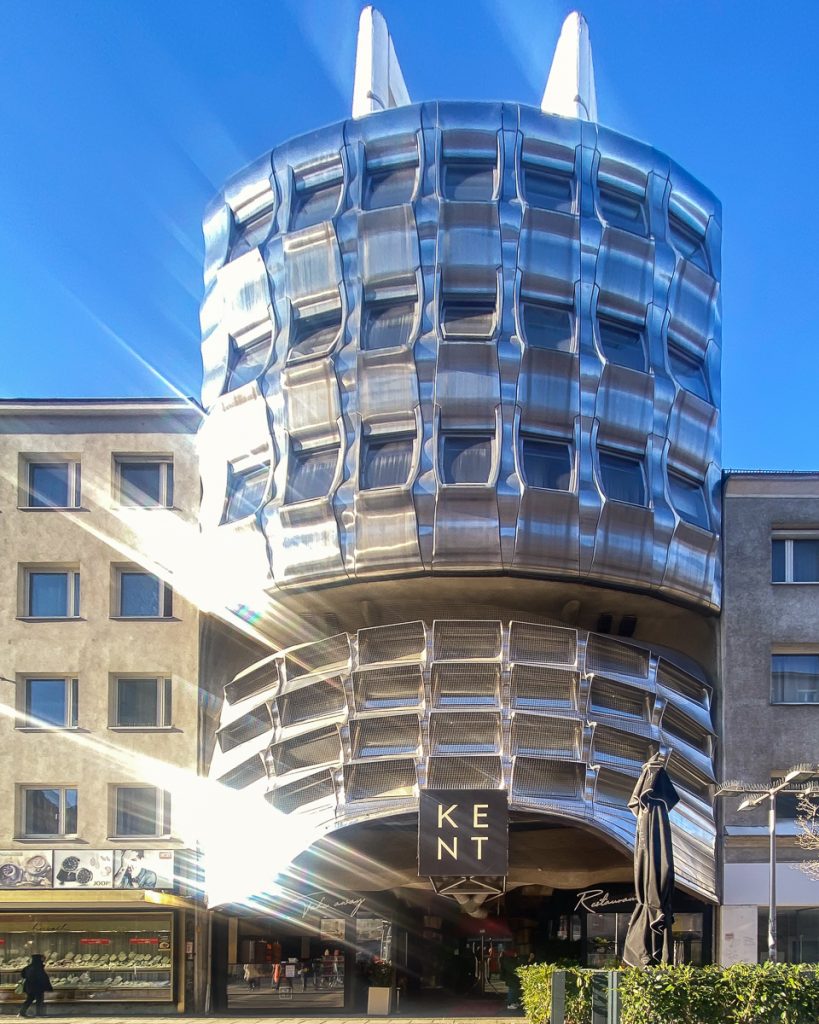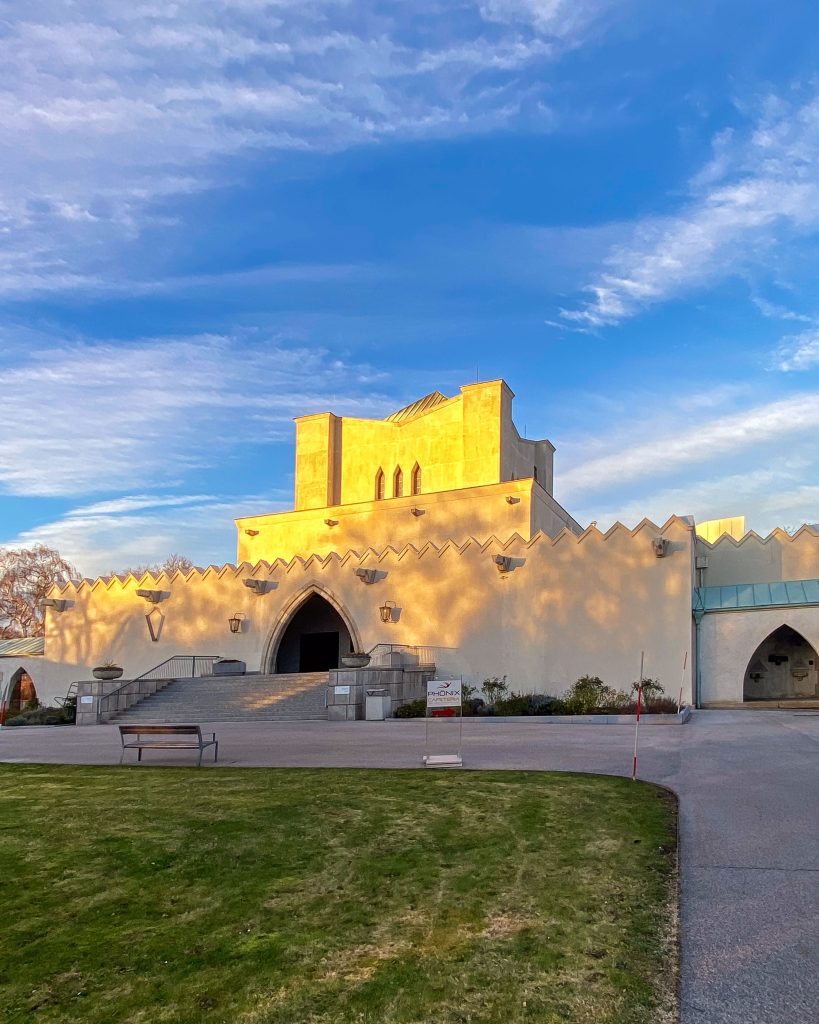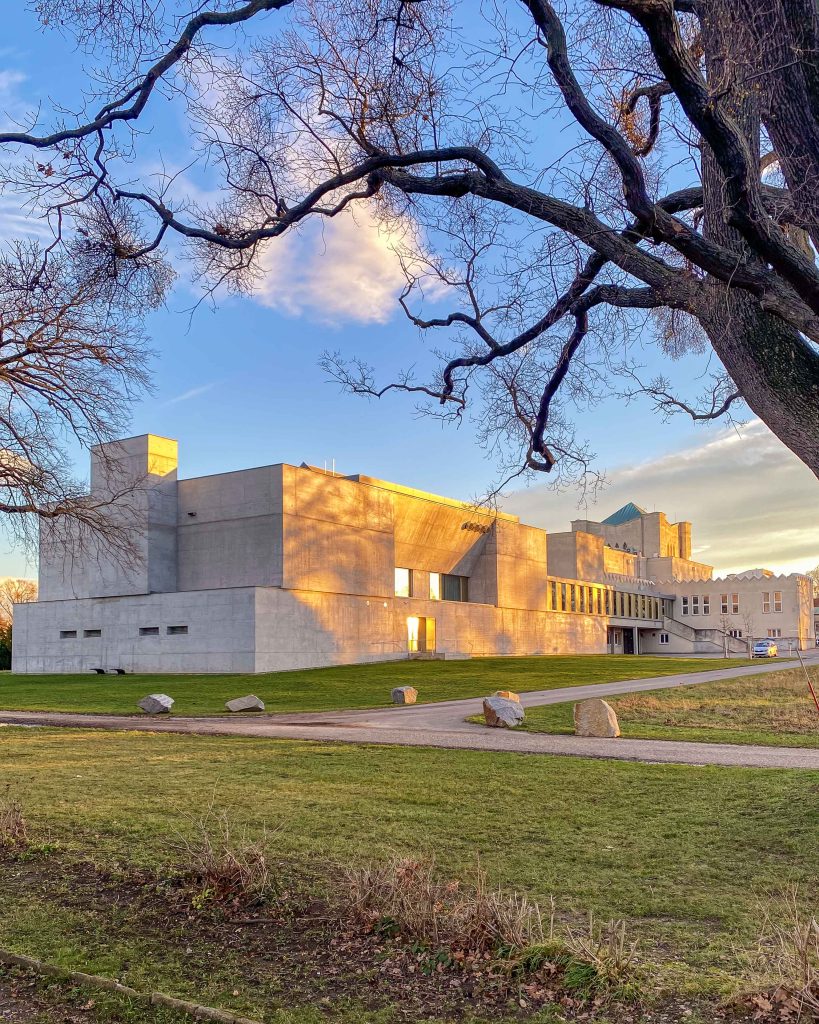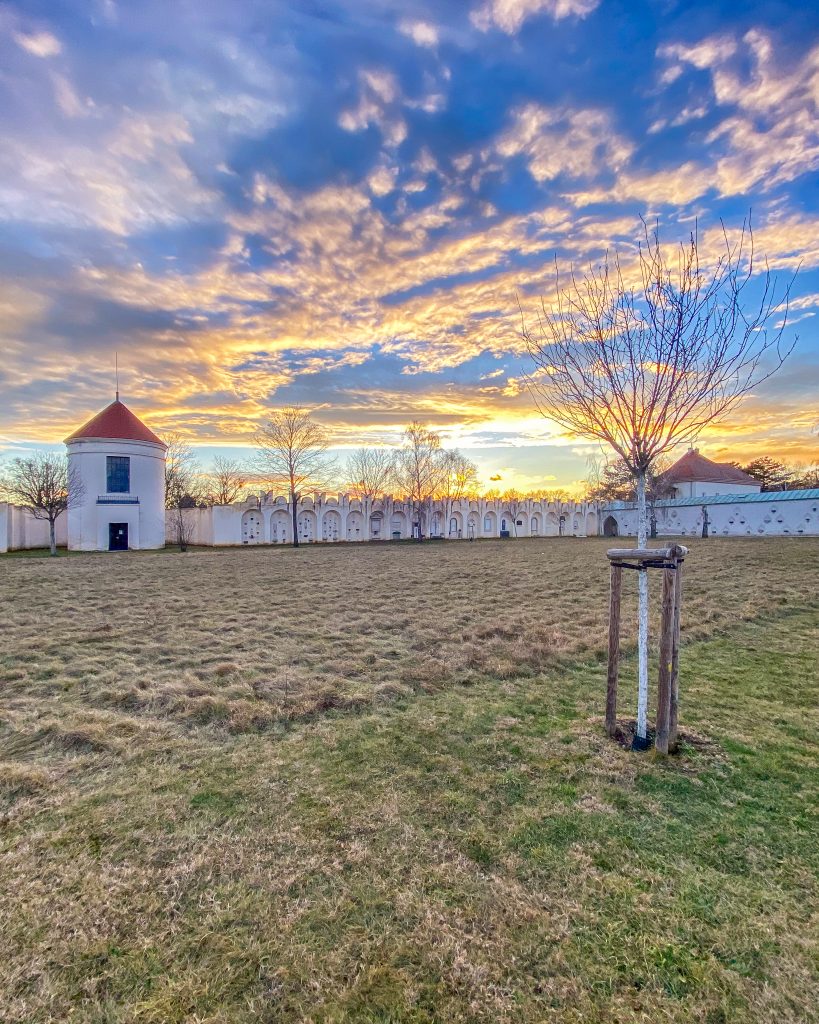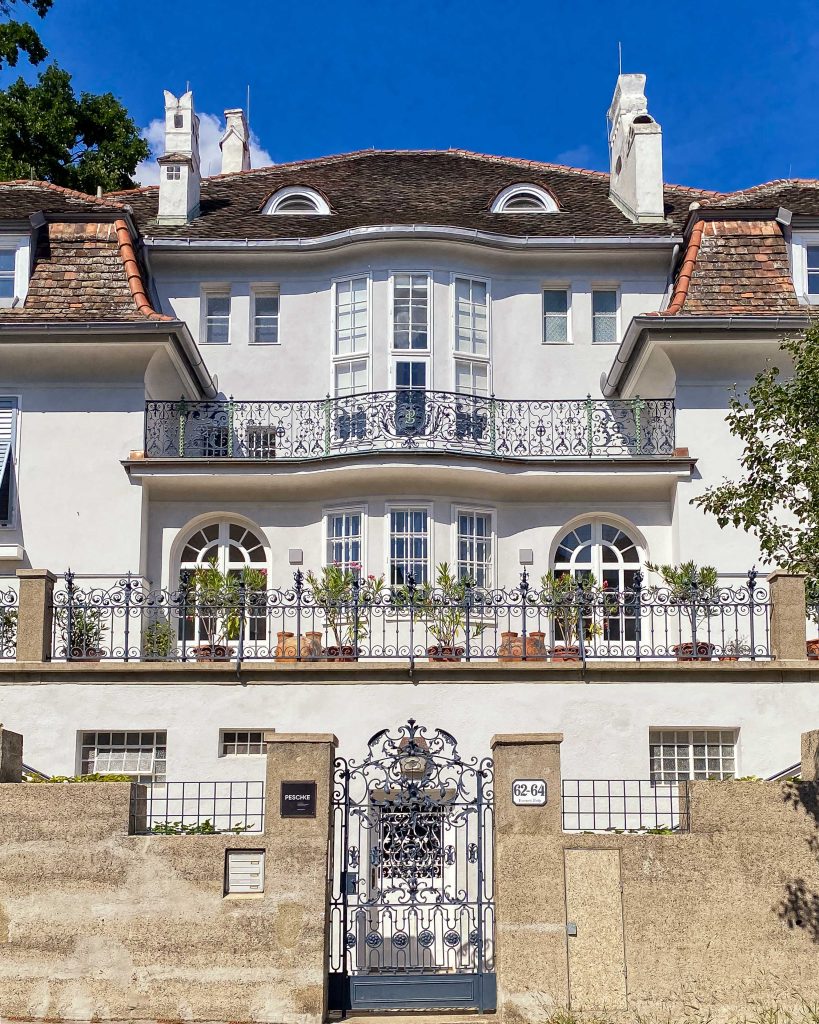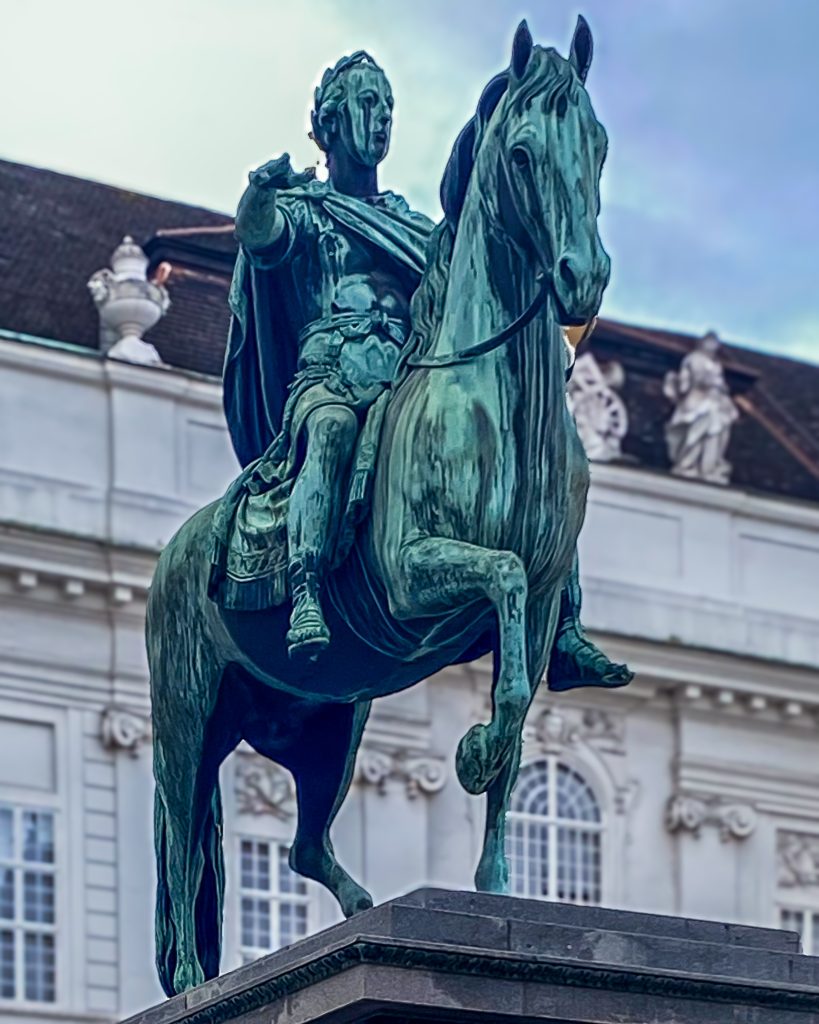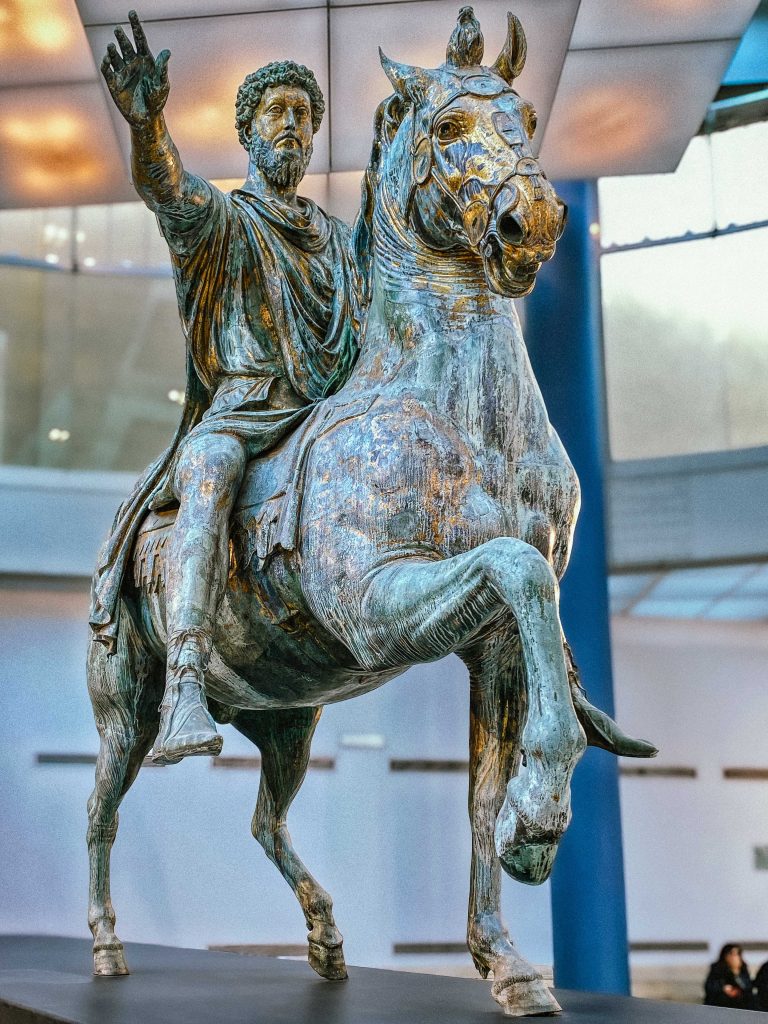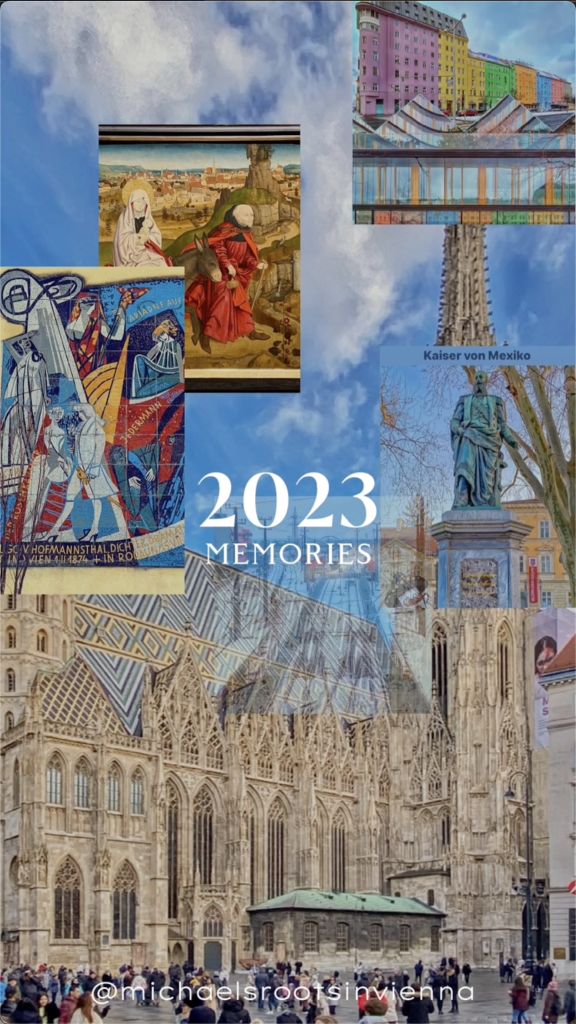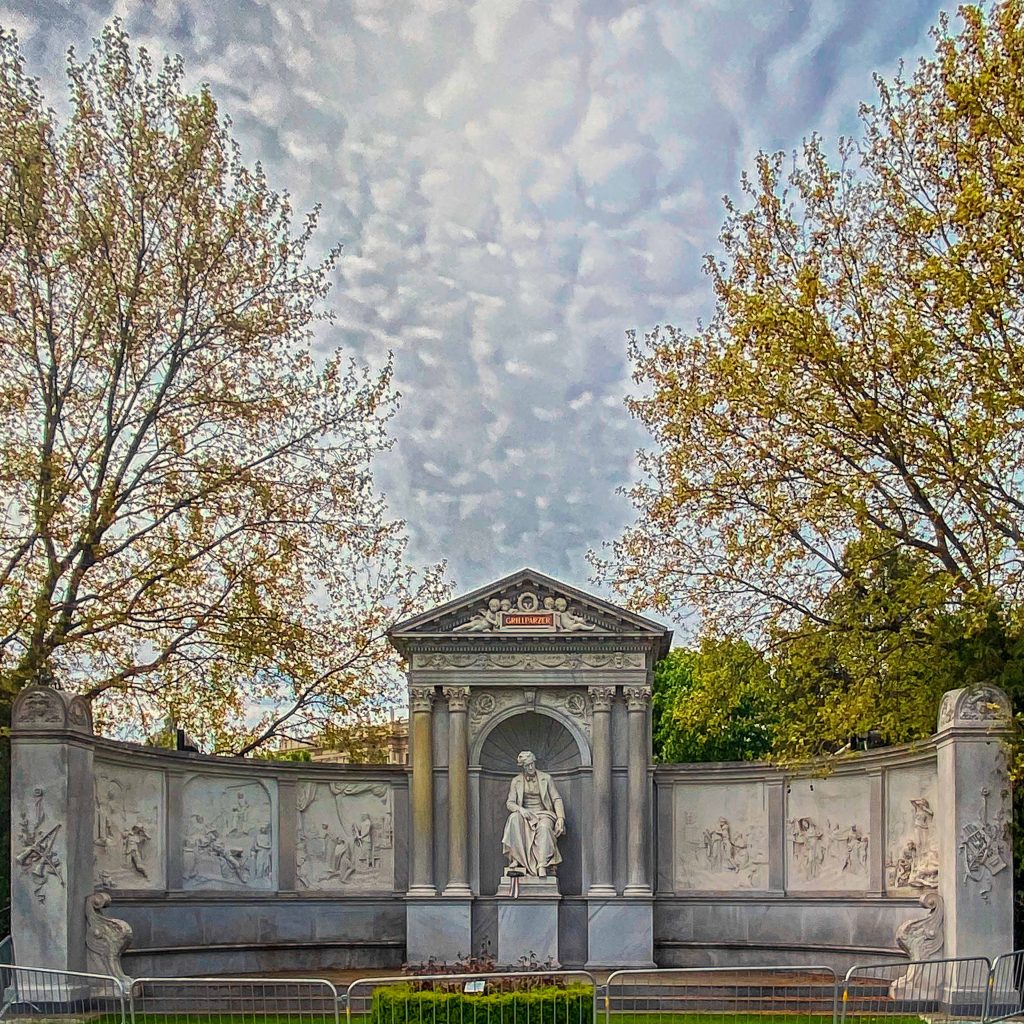Hermesvilla

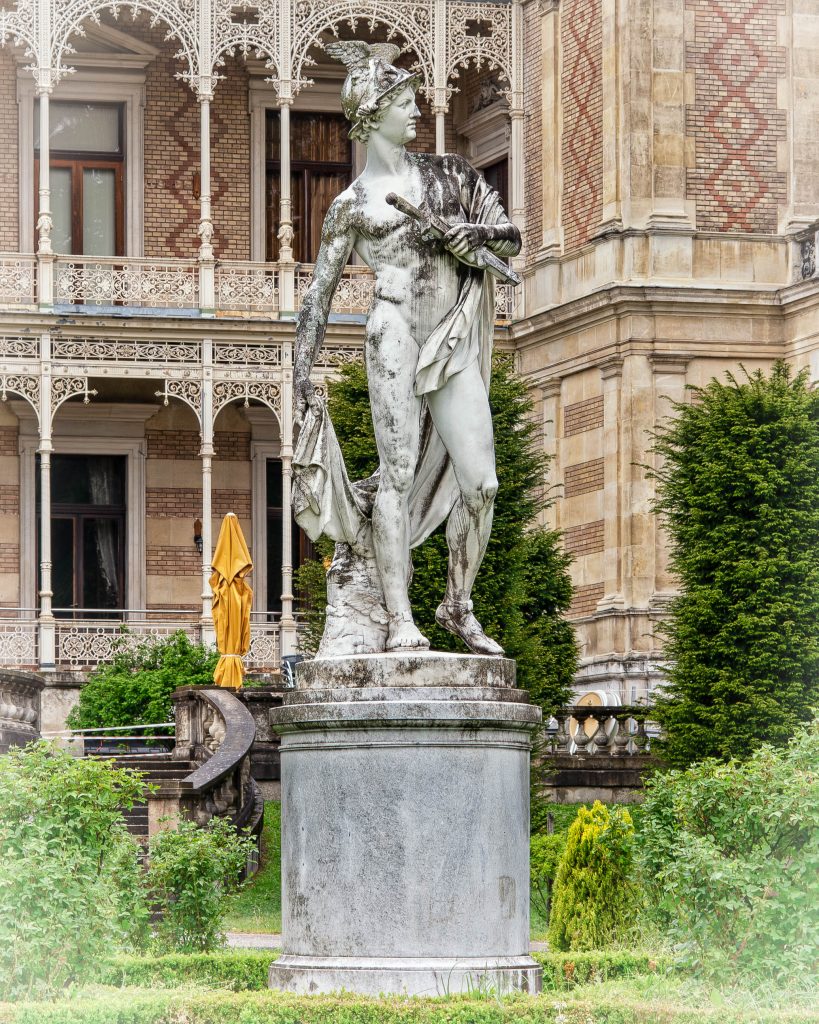
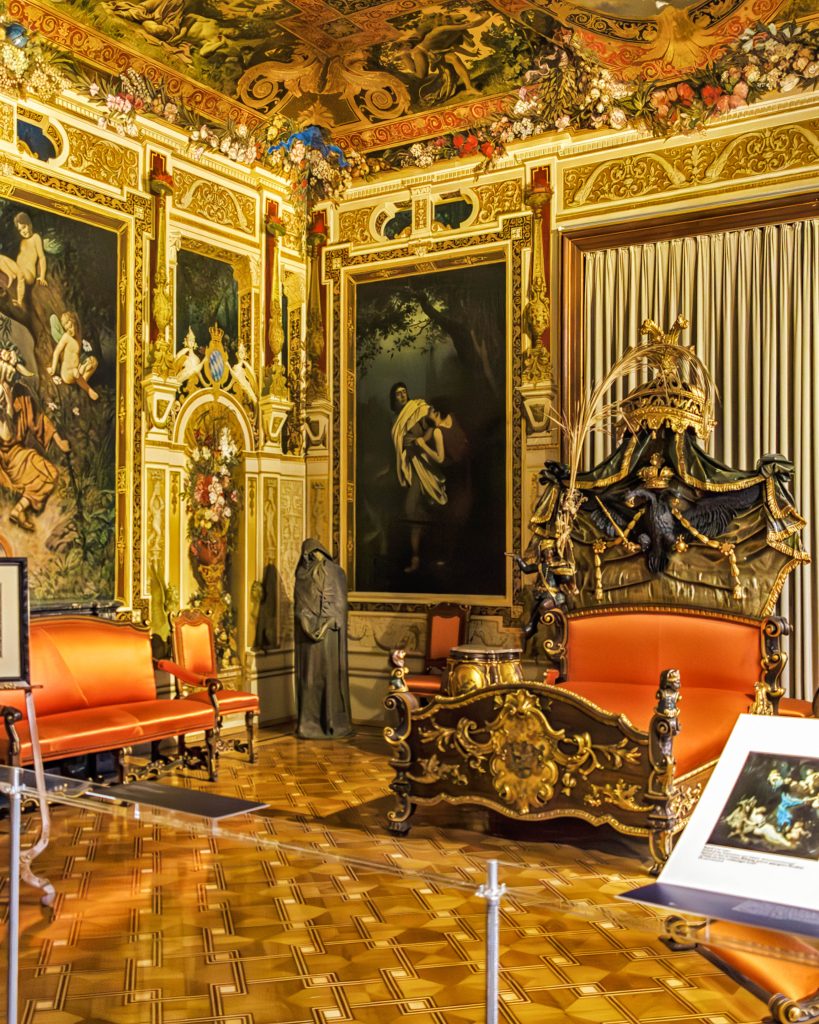
The Hermesvilla in the Lainzer Tiergarten in the 13th district was designed by the Ringstrasse architect Carl von Hasenauer in 1886 and was a gift from Emperor Franz Josef I to his wife, Empress Elisabeth. The palace was named after the statue “Hermes the Guardian”, commissioned by Elisabeth from the Berlin sculptor Ernst Herter, which is now located in the garden on the south side of the villa and is probably a reference to the empress’s love of travel as the patron god of travelers.
It is said that Franz Josef hoped to keep Sisi in Vienna for longer, but this was thwarted by her assassination around three years later. As well as providing an important impetus for the development of the hunting and nature conservation area and being one of the first buildings in Vienna with an electricity connection, the furnishings and paintings by Hans Markart, Gustav Klimt and Viktor Tilgner inside the country house are particularly noteworthy.
Now run by the Wien Museum, visitors can not only view the private apartments of the imperial couple, including the famous bedroom with its unique mix of historicism, Markart style and Secessionism, but also discover a range of private objects, regular special exhibitions and, of course, the magnificent surroundings.
